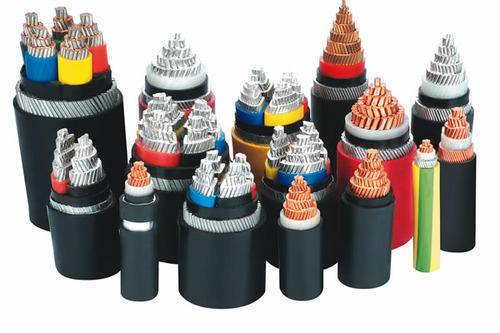When installing a solar system, both mortgage cables and solar cables need to be clearly specified. Different cables are used in different scenarios and have different designs, so various performance characteristics are also different. For example, low-voltage cables are suitable for use indoors or outdoors when they can be protected, but low-voltage cables are generally not suitable for outdoor use. solar cables are suitable for installation in cable troughs where the cables do not touch the ground. This is especially useful if there is rodent damage in the environment where the cable is used.

The maximum operating temperature of low-voltage and solar cable products is also different. When determining whether the selected product is suitable for a particular application, this aspect should be considered during the specification stage. In order to ensure continuous operation during the life cycle, the maximum continuous operating temperature of low-voltage cable products is 90 degrees, while solar cable products require 120 degrees. solar cables must have anti-ozone properties, while low-voltage cables do not have this requirement. Although low-voltage and solar cables have the same basic function of transmitting power, their response to the environment is different according to the difference in cable design.





